The traditional oriental artistic creations depend heavily on the use of rice paper. This special paper works wonders combined with ink, and the unique brush strokes and the elegant colors would float on its surface but sink into our hearts. The Xuan rice paper took on the name “Xuan” from its birth place, a town called Xuan (宣城), which is located in the An Hui province, Jing Xian (泾县) is its current name, and records show that its history dates back to the Tang Dynasty (618-907). Paper produced here are soft to the touch, mild as jade, and complements the brush strokes while letting the ink shine. The papers are also known to have amazing characteristics, they repel bugs, and they could endure thousands of years of extremely long life. This legendary place is located at the heart of China, in the perfect geographic climate that produces everything essential to the oriental art creation, which is why since ancient time it has been the very key export place of paper, brush and other related ink art supplies to not only the civilian world but also the emperors. The name of Xuan rice paper however, was not determined until Ming or Qing Dynasties, which is the rice paper we know today.

The Jing town is a very historical and beautiful place, but more importantly, it is home to one of the key ingredients in the rice paper production, known as the Pteroceltis tatarinowii (Qing Tan). The fibers extracted from this wild species of tree is used in the production of the rice paper that gives its strength and elasticity. There are roughly 19 provinces in China that has this tree species, but this tree grows best in Jing town. Japan attempted to introduce this species of tree to its local environment but with no positive result – the trees would not flourish at all! This is why the Japanese paper making was forced to use other ingredients – the love and hate story between the two countries around this matter is profoundly emotional, so let us leave it aside for now.

The most ancient papers were made from other fibers too, for example the mulberry trees are often one of the important supporting ingredients. But according to the percentage of this Qing Tan, we can categorise the papers in the following ways:
- Cotton type: max. 30%-40% Qing Tan, the rest mainly is straw
- Jing pi type: 60% Qing Tan
- Extra Jing pi type: over 80% Qing Tan
Generally speaking the higher the Qing Tan content, the better the paper. But for each of the above mentioned category, we can also classify the paper according to the treatment, the ripe, half-ripe/raw, raw papers. Each is used for a different purpose, mainly the ripe is used for the Gongbi painting style, while the raw / half styles are used for freehand paintings and calligraphy.



The papers, mostly the half-ripe/raw papers, are made into various colors and styles using various traditional techniques, sometimes with golden sparkles, thiner or thicker, sometimes with patterns or dried plants on the surface, greatly increasing the choices from the rice paper for the artistic creations. Generally speaking, the ripe papers allow the ink or color to stay on the paper surface, it will not absorb it; the more raw it gets, the more absorbent it becomes. However, we cannot say that the less absorbent a paper, the better it is or vice versa! The paper properties have to complement the actual need of the art creation. But what else determines the quality of rice paper, other than Qing Tan?
- A good paper will have a few visible qualities, such as the lines on its surface, they are clear. These lines were created by the bamboo sheets during the making of the paper, the paper over 140 processes to make, and the natural tools will leave their marks.
- A good paper is also soft to the touch, the highest quality papers will never have holes/bumps/sand residue on the surface, they will be even all over, but it is very common to have a little “unevenness” in our daily papers, as the quality we use normally would tolerate such imperfections.
- The paper can never have very smooth surfaces, which does not create any friction with the brush nor will it retain ink. The paper needs to provide you with a “counter” effect in the use, allowing you to create strokes with strength.
- The production location may have an indication of the quality, but do not take this as the only criterion.
- Generally hand-made rice papers are better, but again, this is not to be held as the only criterion anymore.

A good paper is crucial to our art, so spending some time to make good selections is absolutely necessary! In our store you will start to find more and more of these beautiful and carefully selected papers from Jing town, they are my choices, feel free to give them a try! Happy painting!
Enjoy such cultural discussions? Have comments? I look forward to hearing from you!
Related Products From Our Shop
Buy Artworks | Learn Brush Painting | Learn Chinese Calligraphy
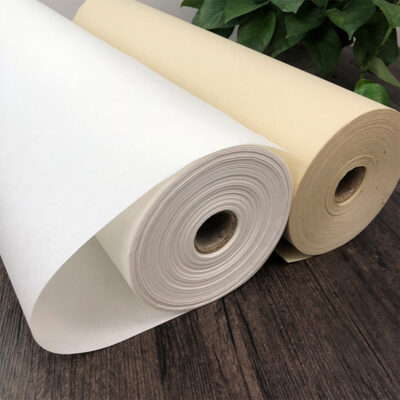
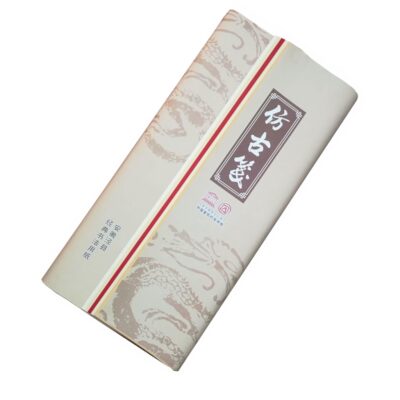

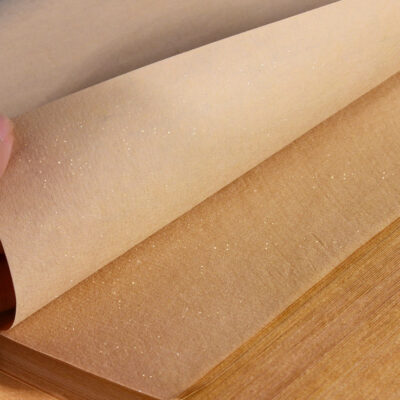
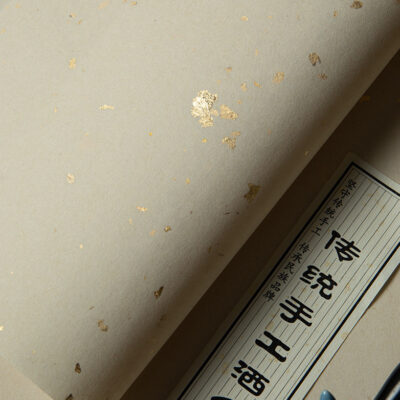
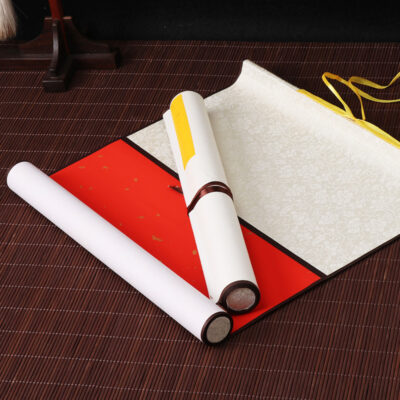
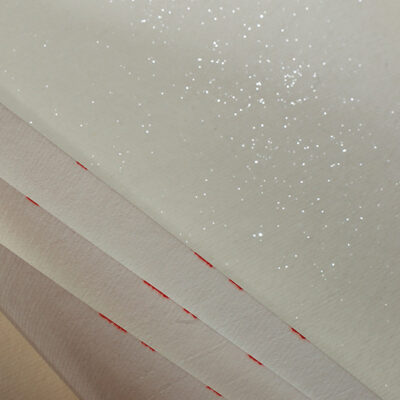
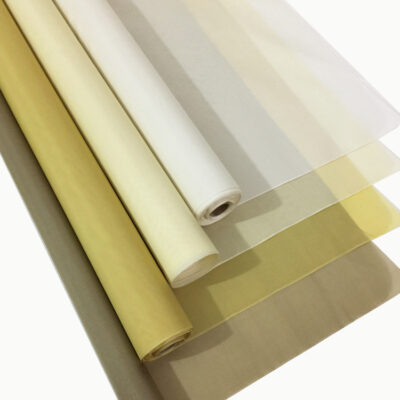
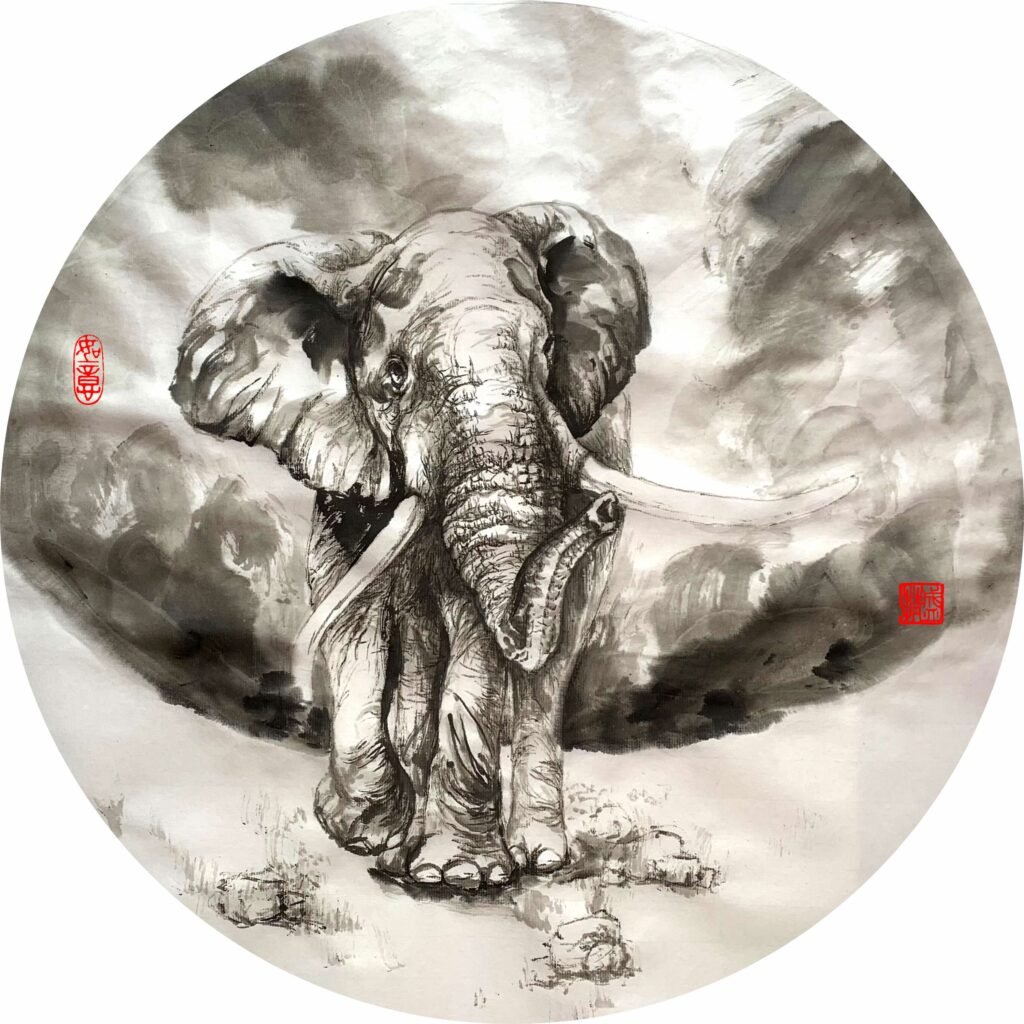
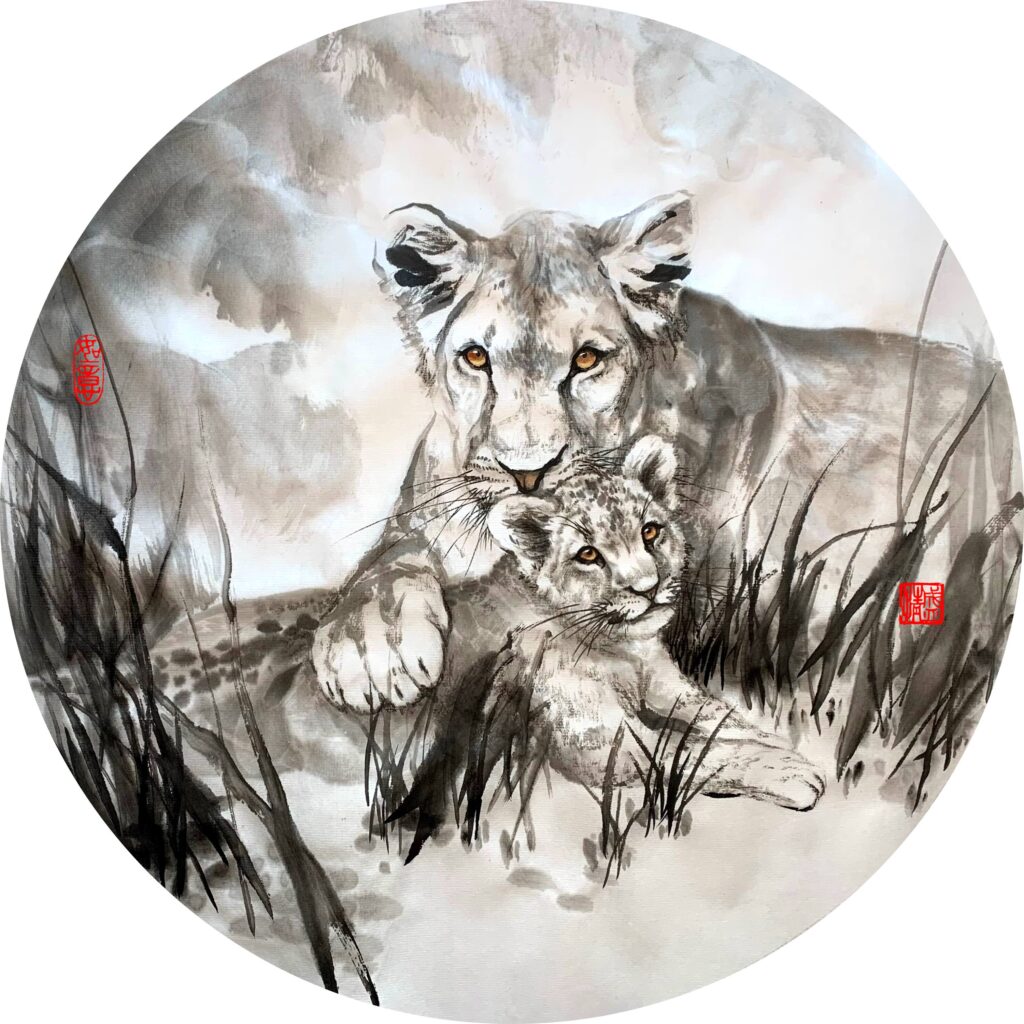
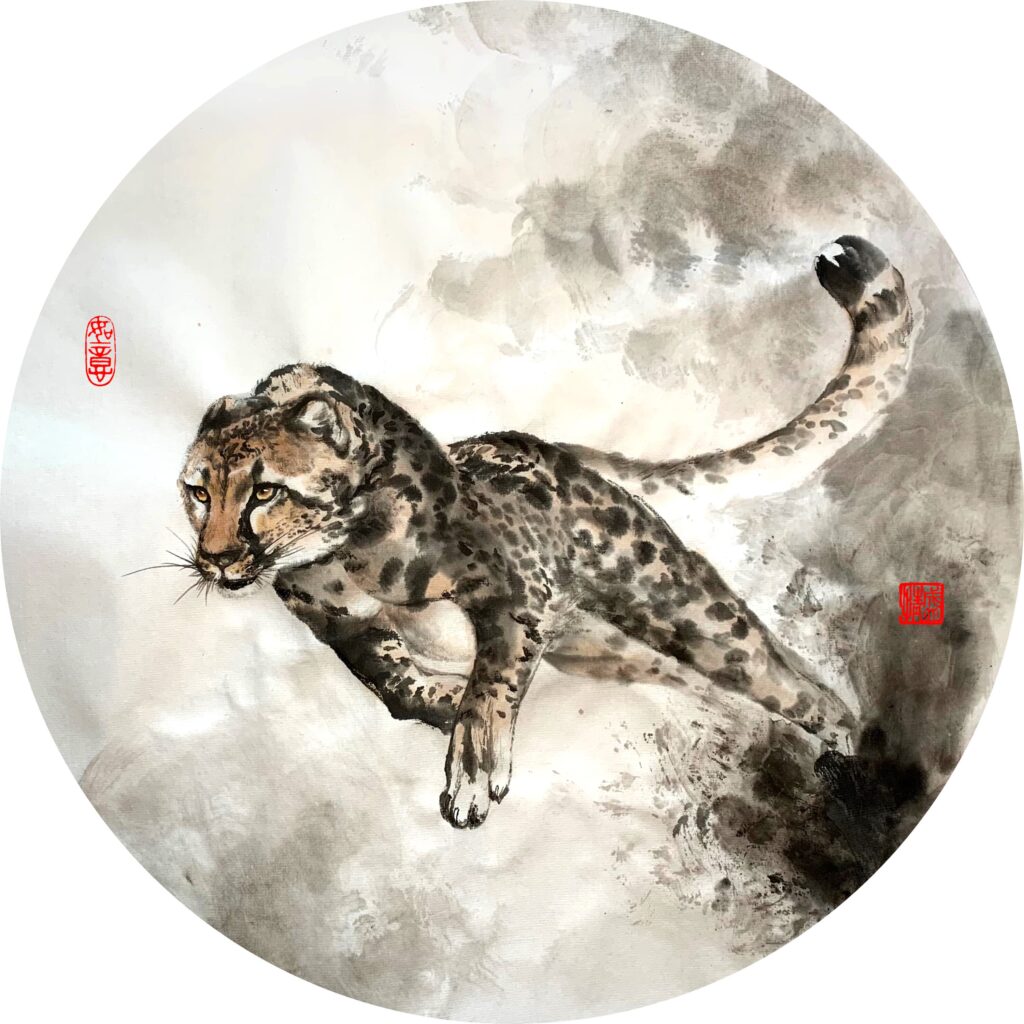
Pingback: Mindful Art, Zen Home | InkDifferent Studio